Non-bank and private lenders are beginning to dominate the mortgage landscape.
The aftermath of the 2008 housing crisis shined a light on how bank lenders tried to walk a fine line funding and selling mortgages. Rather than taking the traditional route of funding loans with bank deposits, many banks used lines of credits or so-called “warehouse lines” to borrow the money they were lending out on the mortgages, then turning over those closed loans on the secondary Wall Street market.
As we found out the hard way, these risky practices left many banks holding too much loan paper without the assets to back it up, ultimately leading to the demise of some of the nation’s largest financial institutions.
The recession caused many banks to fail outright, and saw others broken up or consolidated with larger financial institutions. During the early years of the recovery, bank lending was tight and restrictive capital markets put the crunch on mortgage lending.
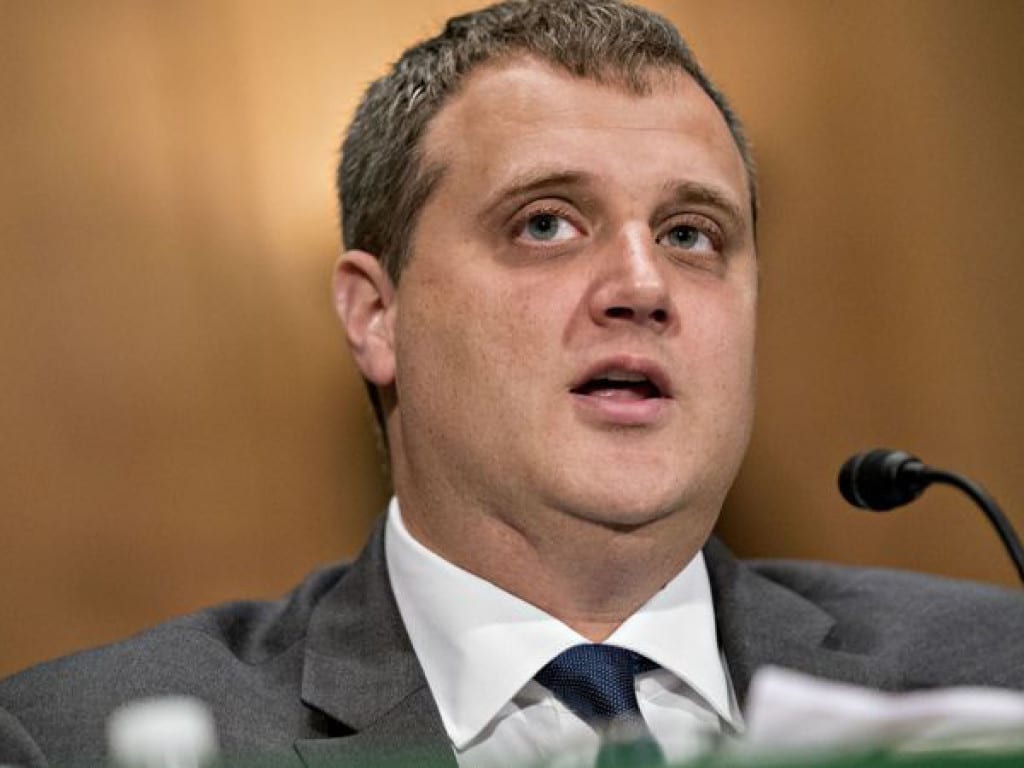
Michael Bright is executive vice president and chief operating officer of Ginnie Mae, a government housing agency that buys and insures many of the loans issued by non-bank lenders. (Andrew Harrer / Bloomberg)
Private Lending: The Phoenix
Rising out of the ashes, was the private non-bank lending industry. Now, as the housing market has rebounded and is again going strong in most regions, non-bank lenders are quickly becoming the largest source of mortgage financing.
Non-bank and private lenders are beginning to dominate the mortgage landscape. Although some analysts believe lenders such as Quicken Loans, Loan Depot, Rocket Mortgage and others may not have engaged in the type of risky behavior that brought down major banks, they are still concerned about the consolidation of mortgage debt.
If the economy changes and defaults rise, it is feared that some of these lenders may close their doors, further restricting consumers’ access to credit. Low-income and minority borrowers are especially vulnerable if these lenders fail. Another concern is the liability the government (i.e., taxpayers) will have if some or a large chunk of loans fail.
Michael Bright, executive vice president and chief operating officer of Ginnie Mae, addressed that concern in a Sept. 21, 2018, article in The Washington Post, saying: “We’ve never been in an environment where there were quite this many non-banks … So, we need to take some additional measures, in my view, to prepare for an economic environment with either higher delinquencies or higher interest rates.”
Taking Market Share
As an indicator of the growth of non-bank lending, nearly half of all mortgages issued last year came from non-bank lenders. This number was up from 9 percent in 2009, and higher than non-banks’ market share before the financial crisis. Six of the 10 largest mortgage lenders are now non-bank lenders.
The prevalence of private money lenders is also growing, as more borrowers turn to so-called “hard money” or private money, often seeking simpler qualification criteria, but willing to take higher fees and increased rates.
Non-bank lenders are growing market share because traditional banks continue to back away from conventional mortgage markets. New regulations and banking oversight are making it more expensive for banks to underwrite residential mortgages. Instead, many concentrate on commercial finance and banking.
Shift in Marketing
The constriction began right after the economic crash. Most national bank brands have stuck to financing borrowers with excellent credit and established assets, and they have continued shunning low-income or first-time borrowers.
This reluctance to provide flexible financing is driving more borrowers to non-bank lenders who can offer a variety of financing options, flexible pricing and a lower loan to values. Most non-banks are privately owned and, therefore, not subject to the rigorous oversight and capital scrutiny required of financial institutions under the Dodd-Frank Wall Street Reform and Consumer Protection Act.
It’s apparent that non-bank lenders are standing by their strategy of filling in where national banks fail, namely providing mortgages to borrowers who may have a tough time qualifying with a bank. Although non-bank lenders are just as vulnerable to a rise in rates, they do not leverage like banks. They typically sell mortgages soon after closing.
As long as they work to ensure they are not over-leveraged and betting on risky borrowers, non-bank lending will continue to grow into the foreseeable future.
As a backstop, government agencies are helping non-bank lenders by purchasing and guaranteeing the loans if a borrower defaults. The Federal Housing Administration and Department of Veterans Affairs have been working to reduce the risk to lenders and bring down rates while opening doors for borrowers.
Where the Risk Lies
As we saw during the housing crisis, rates rose and home prices dropped, leaving many homeowners upside down on their loans and leading to defaults.
Another such market contraction could leave non-bank lenders vulnerable if they carry a majority of mortgages for at-risk borrowers. A downward trend in the real estate market could again lead to increased defaults and may cause smaller non-bank lenders to shutter.
Taxpayers could be left paying the bills if some of the larger non-bank lenders fail. Government-owned entity Ginnie Mae buys mortgages from lenders and repackages them to sell to investors on Wall Street. The organization guarantees that investors will receive principal and interest payments, regardless of whether the borrower defaults.
As more and more non-banks sell their loans to Ginnie Mae, the risk factor multiplies. Recently, the agency has been purchasing more loans from non-bank lenders, with a full 76 percent of acquired loans being originated by non-bank lenders. Ginnie Mae now holds more than $2 trillion in mortgage paper.
However, supporters of non-bank lending say the lenders are monitored closely by states where they operate and by federal watchdog agencies, such as the Consumer Financial Protection Bureau. Consumer safeguards and rigorous underwriting standards have stabilized the market, helping non-bank lenders continue to grow and offer products that borrowers can’t obtain from traditional banks. ∞
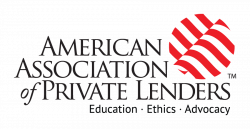





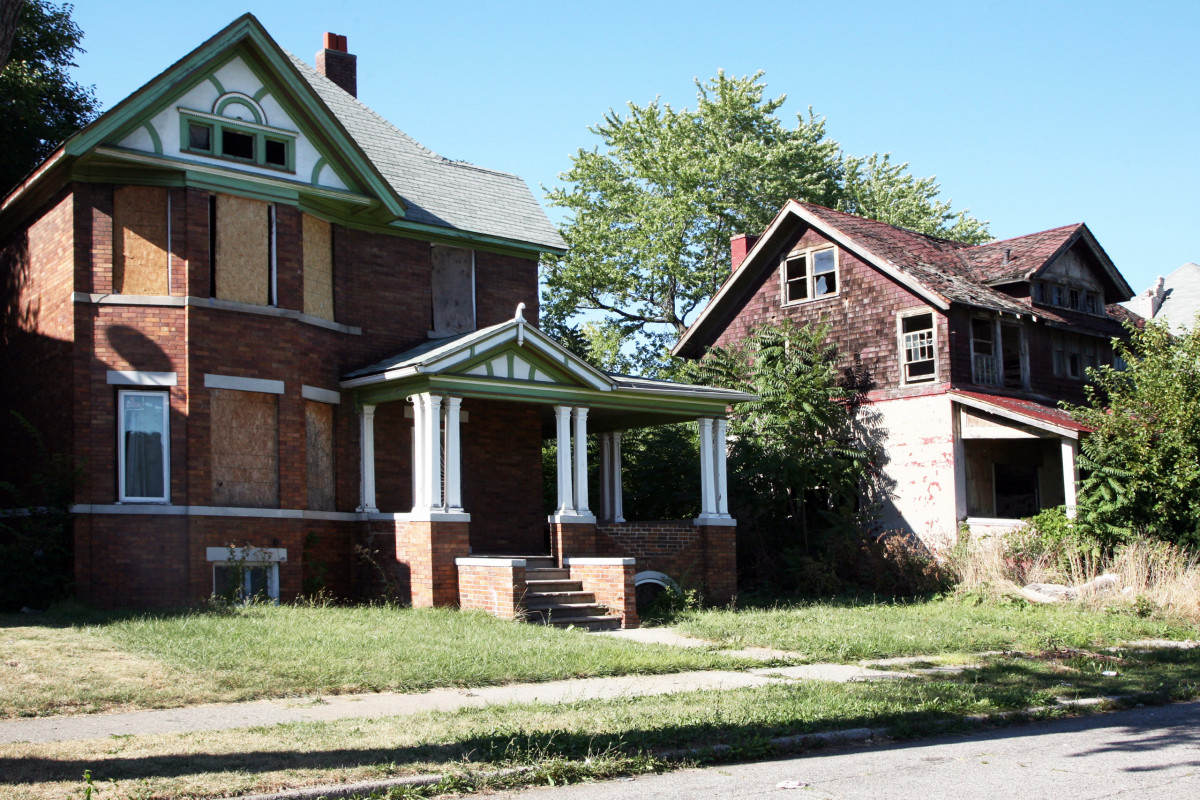
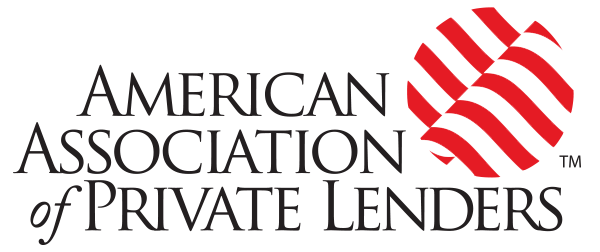


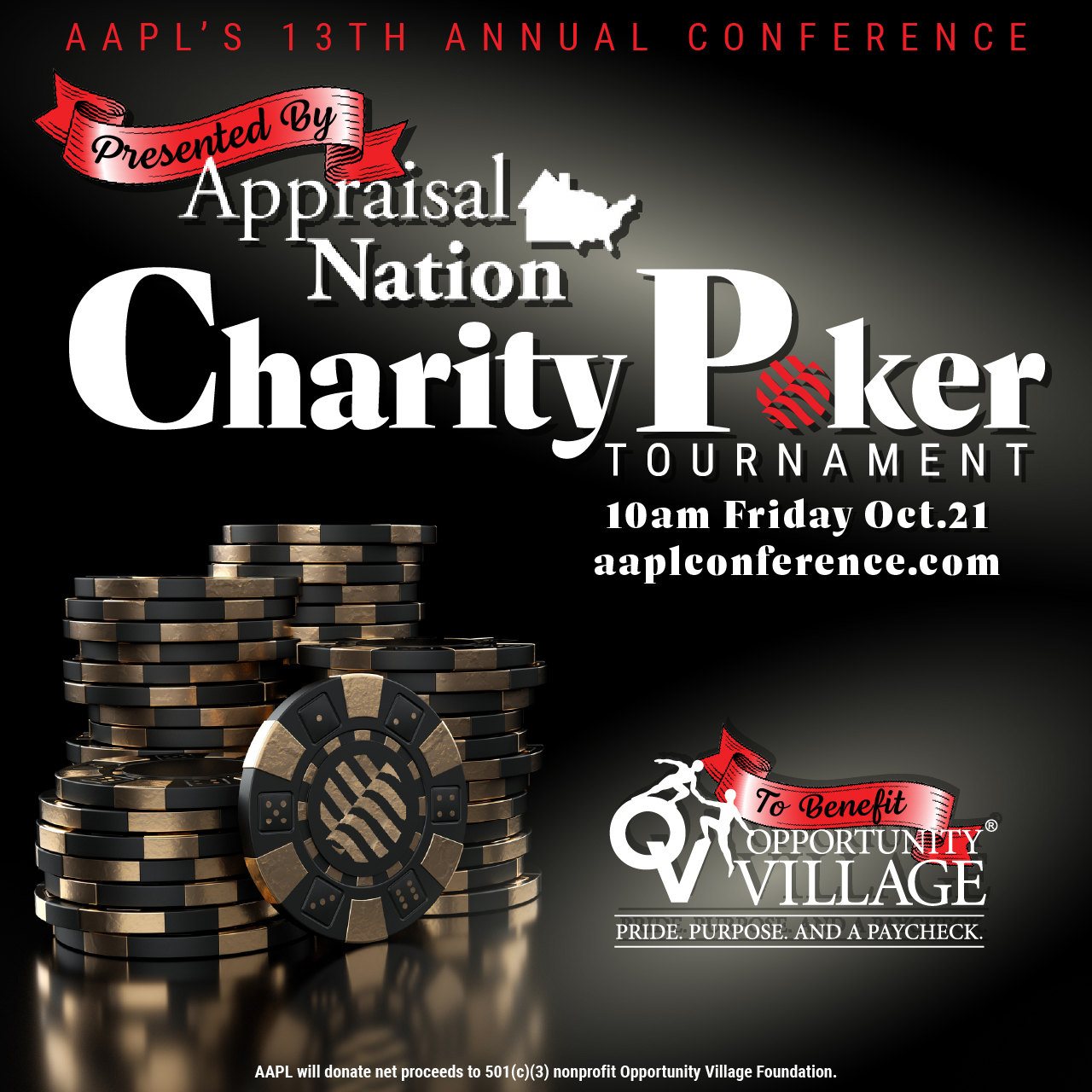
Leave A Comment